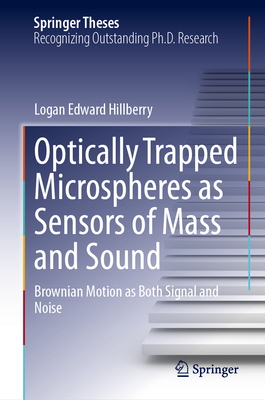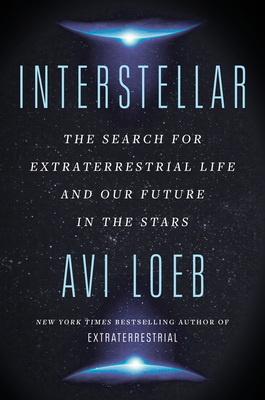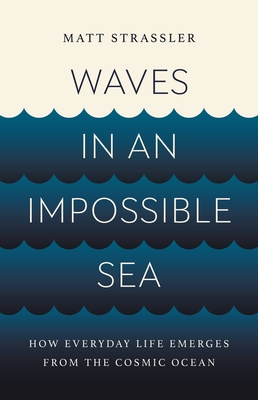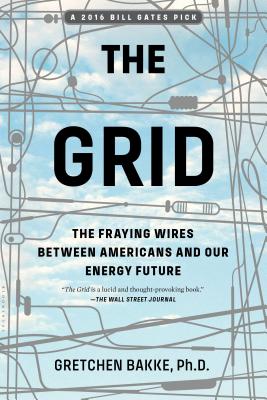
Optically Trapped Microspheres as Sensors of Mass and Sound: Brownian Motion as Both Signal and Noise (Springer Theses)
Description
This thesis makes significant advances in the use of microspheres in optical traps as highly precise sensing platforms. While optically trapped microspheres have recently proven their dominance in aqueous and vacuum environments, achieving state-of-the-art measurements of miniscule forces and torques, their sensitivity to perturbations in air has remained relatively unexplored. This thesis shows that, by uniquely operating in air and measuring its thermally-fluctuating instantaneous velocity, an optically trapped microsphere is an ultra-sensitive probe of both mass and sound. The mass of the microsphere is determined with similar accuracy to competitive methods but in a fraction of the measurement time and all while maintaining thermal equilibrium, unlike alternative methods. As an acoustic transducer, the air-based microsphere is uniquely sensitive to the velocity of sound, as opposed to the pressure measured by a traditional microphone. By comparison to state-of-the-art commercially-available velocity and pressure sensors, including the world's smallest measurement microphone, the microsphere sensing modality is shown to be both accurate and to have superior sensitivity at high frequencies. Applications for such high-frequency acoustic sensing include dosage monitoring in proton therapy for cancer and event discrimination in bubble chamber searches for dark matter. In addition to reporting these scientific results, the thesis is pedagogically organized to present the relevant history, theory, and technology in a straightforward way.


















